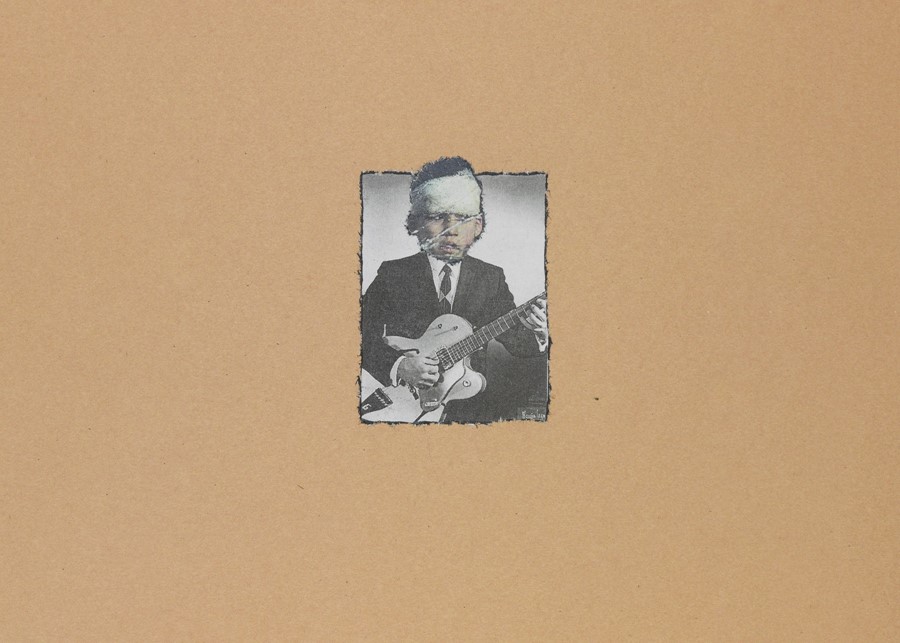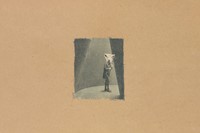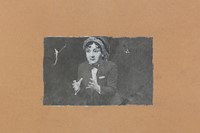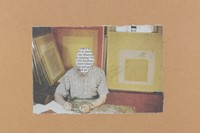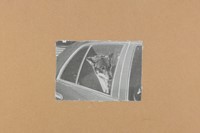This week marks the release of a new art book by the American indie filmmaker: a compelling collection of collages that oscillate from the surreal to the satirical
Ever since the release of his first feature, Permanent Vacation (1980), American auteur Jim Jarmusch has delighted film fans with his witty, soulful, and distinctly unique take on the world. Whether he’s championing the outsider à la Down By Law or Ghost Dog: The Way of the Samurai, putting his typically deadpan spin on genre movies (think: his postmodern western Dead Man or his 2019 zombie dramedy The Dead Don’t Die), or presenting us with poetic musings on human existence in films like Broken Flowers and Paterson, you’ll know a Jarmusch offering when you see one.
Less associated with the director, however, is his capacity for cut-outs, yet Jarmusch has been making what he terms “small very minimal collages” for years. Up until now he’s kept this pastime private, but this week marks the release of a new art book, titled Some Collages, showcasing a curated selection of these compelling miniature montages.
A small, pleasingly thick tome, the book presents Jarmusch’s artworks on his preferred backdrop, “rough brown paper”. Each collage is assembled from images or texts extracted from old newspapers using the nib of an empty ballpoint pen – with deliberately ragged results. “As a kid, I received a microscope for my birthday,” Jarmusch explains in a text accompanying the book’s release. “The first thing I examined … was a tiny scrap of torn newspaper. I was astounded. Instead of a single, solid sheet-like material, it was in fact a tangled mass of threadlike fibers, a chaotic jungle of microscopic pulp.”
The majority of the director’s cut-outs comprise a square or rectangular picture of a figure, or multiple figures, with only their faces doctored. In Jarmusch’s words, “the removal and/or replacement of heads [is] possibly the most minimal way of reorganising visual information. Faces and heads become masks for me, and I can change or switch identities, details and even species.”
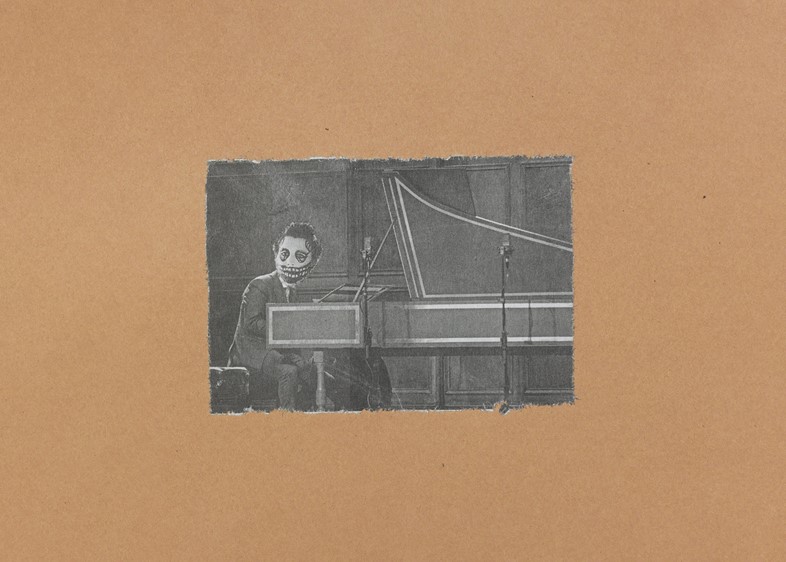
As in his films, Jarmusch alludes to different eras, cultures, realms and subcultures throughout the works, but whether or not you’re familiar with these references has no bearing on the collages’ overall ability to cast a spell. Bauhaus doyen Josef Albers sits in his studio, his visage made up of text; suited men’s heads are replaced by artworks (an asymmetric Picasso face here, a Basquiat mask there) that break free of the central frame; a lone man in the back of a car wears the forlorn head of a fox.
Sometimes the effect is surreal, almost Dada, at others wonderfully silly, sometimes it’s distinctly unsettling, at others strangely melancholic. In every case, the composition is immaculate, the inherent narrative suggestion enticing. Nevertheless, in true Jarmusch style, we’re always left free to form our own conclusions. Because, in the words of Permanent Vacation’s meandering protagonist Chris Parker, “What’s a story anyway, except one of those connect-the-dot drawings that in the end forms a picture of something?”
Jim Jarmusch’s Some Collages is published by Anthology Editions, and out on 28 September.
